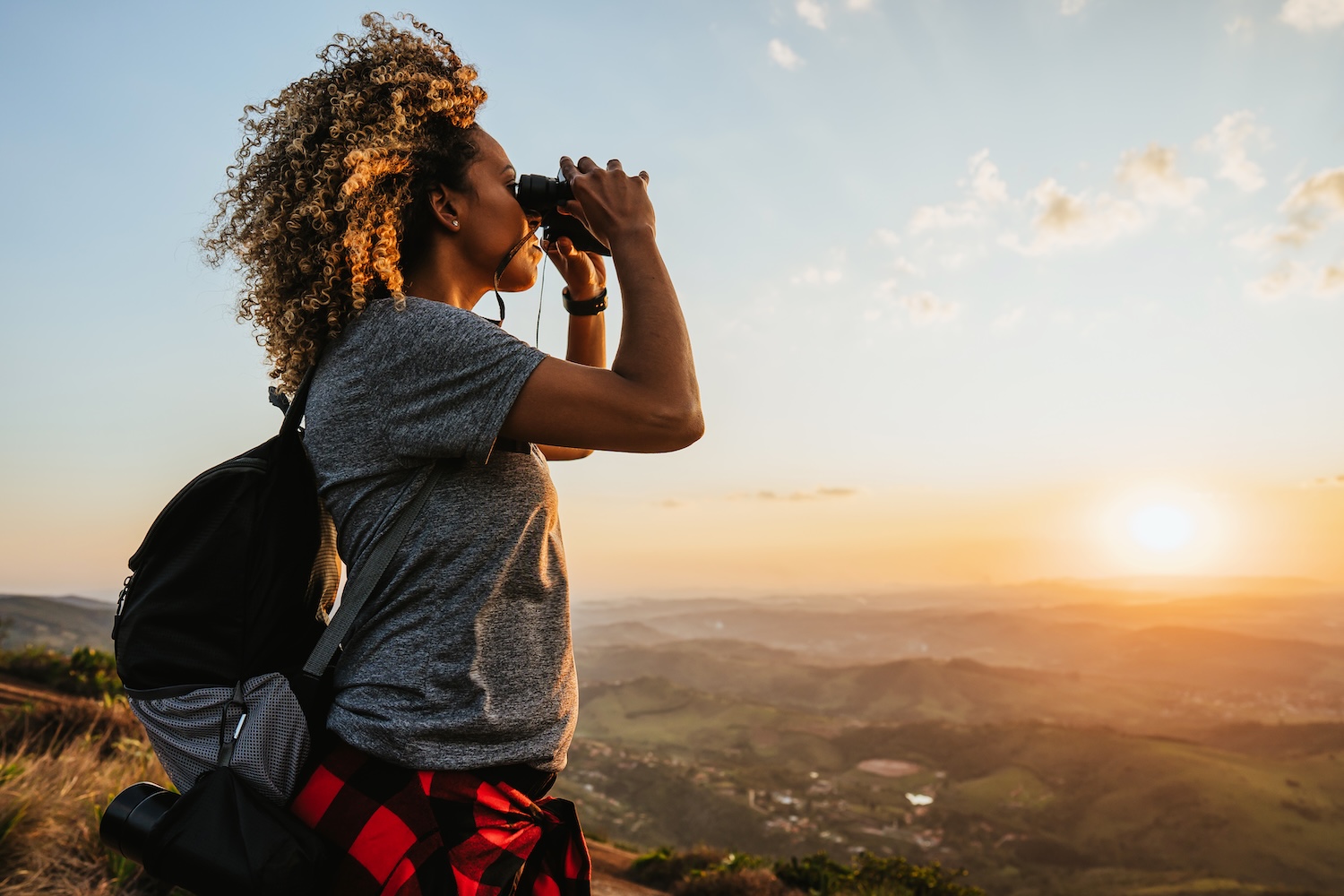In a significant development for West Maui, parts of the region officially reopened to tourists on November 1. It marked a pivotal moment in the area’s recovery after wildfires ravaged through Lāhainā two months ago. The reopening aims to provide a much-needed boost to the island‘s economy. However, it’s apparent that the community is still in the process of healing. While hotels from Kapalua to Kahana have opened their doors to visitors, they are yet to see the bustling crowds that once frequented the area.
Kapalua Airport, strategically located in West Maui, is a mere stone’s throw away from Lāhainā and Kāʻanapali. It features a single runway catering to commuter, air taxi, and propeller carriers.
In an interview with Hawaii Public Radio, Lisa Paulson, Executive Director of the Maui Hotel and Lodging Association, acknowledged the slow pace of occupancy rate growth.
“This week, as an average, it’s about 12% in West Maui. And that includes all of the areas that are in Kapalua, Nāpili, Honokōwai, and timeshare properties,” she said.
However, officials expect this rate will climb to 32% by mid-November. In comparison, on the south side of the island, in popular tourist destinations like Wailea and Makena, occupancy currently stands at 55%. However, it experienced a slight decline into mid-November.
The reopening is being carried out in three phases. It commences with a 3-mile coastal stretch from Kapalua to Kahana, which is about 10 miles northwest of Lāhainā. The final phase will include hotels that are currently sheltering most of the displaced residents. Paulson emphasized that residents will not be displaced by the return of visitors.
Gradual Increase in Activity in West Maui
The phased reopening has forged ahead despite a petition. More than 16,000 locals signed the petition. They urge Governor Josh Green to delay the process. West Maui’s lack of infrastructure for welcoming tourists back concerns some locals.
Notably, beaches, grocery stores, airports, and local businesses may witness a gradual increase in activity following the reopening on October 8. However, the recovery is far from complete, as issues such as limited activities, restricted infrastructure, and ongoing road blockades persist. Basic necessities like water and electricity are still unavailable in some areas. Of particular concern are the displaced residents who work in the tourism industry and the potential questions from tourists about their own stories of personal loss.
Maui County Councilmember Tamara Paltin, who was among the petition signatories, underscored the challenges faced by the affected residents. Paltin stated, “People just aren’t up for the questions, and the questions that they get, they get it over and over and over again.” She emphasized the difficulties for tourists in not exacerbating the situation.
Although no set timeline exists for the next phase of reopening, Councilmember Paltin hopes for increased community input and coordination to ensure that the process works for the benefit of all stakeholders involved. The journey to full recovery continues, with the local community and tourism industry working together to rebuild West Maui’s cherished destination.





